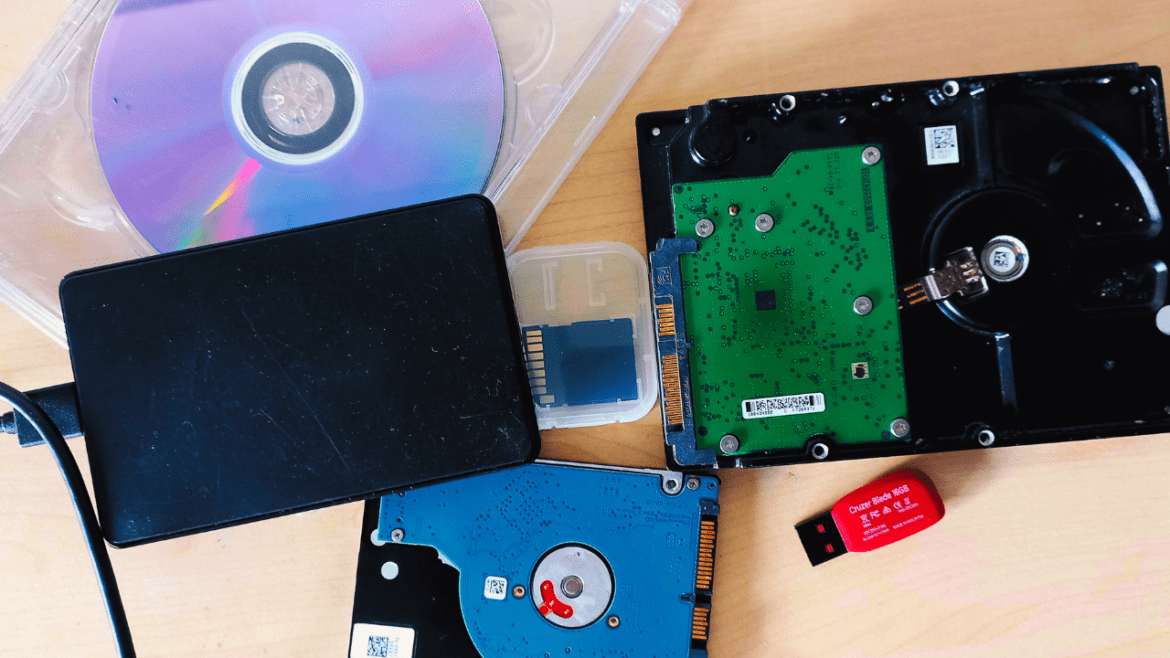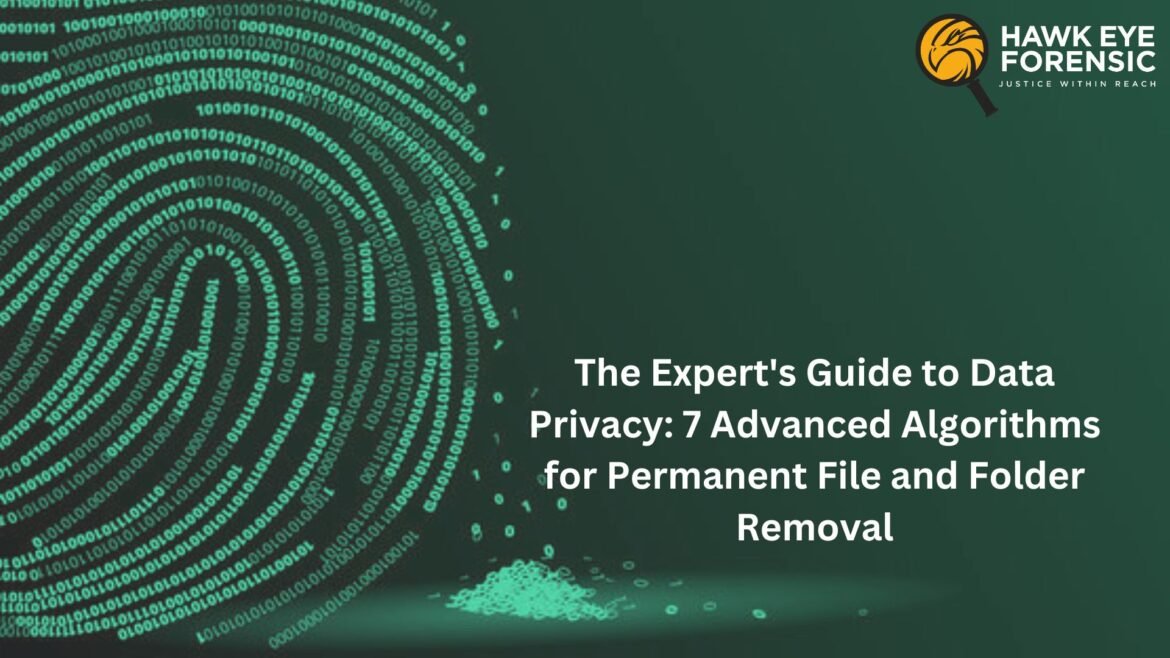
COMPARATIVE LOOK AT FILE SYSTEM ARCHITECTURE OF WINDOWS, LINUX & MAC
Introduction In the world of computing, file systems play a very critical role in organizing and managing data on storage devices. While the fundamental principles of file systems are similar across operating systems, each platform has its own unique architectural implementation tailored to specific requirements and design objectives. In this ...









